Hello, this is colorfulbeans!
Know the history of coffee
This time, I will introduce the history of Starbucks.
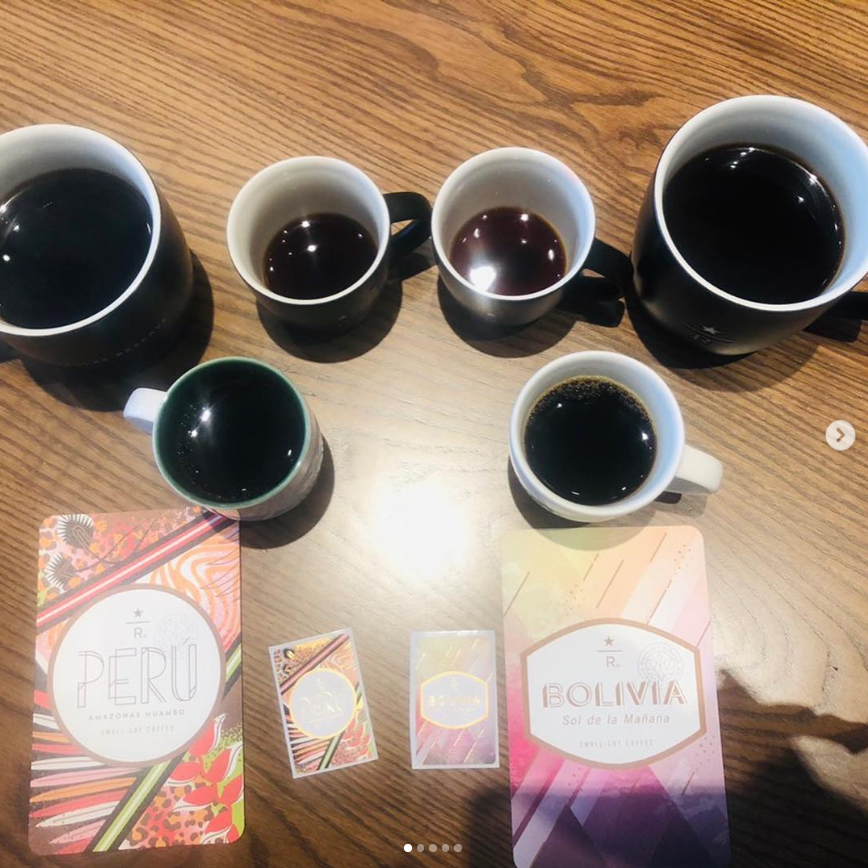
History of Starbucks Coffee (Part 1)
1971:
The first Starbucks store opened in Seattle, Washington. It was located in Pike Place Market, which was a popular gathering place for the residents of Seattle.
1982:
Howard Schultz joined the company as a director of retail operations and marketing. He later became the CEO. Starbucks began providing coffee to restaurants and espresso bars during this year.
1983:
During a business trip to Italy, Schultz was impressed by the popularity of espresso bars in Milan. Seeing the potential to replicate a similar coffee bar culture in Seattle, which was a city similar in size to Philadelphia, Schultz saw an opportunity.
1984:
Schultz convinced the founders of Starbucks to test the concept of coffee bars in downtown Seattle. It was a tremendous success, and this achievement became the foundation for the company he would establish the following year.
in1984
Schultz convinced the founders of Starbucks to experiment with the coffee bar concept in the bustling streets of Seattle. The endeavor was a resounding success. This accomplishment became the origin of the company Schultz would establish the following year.
Let’s rewind the story a bit.
Starbucks was actually founded by Gordon Bowker, Zev Siegl, and Jerry Baldwin. When it first opened, it was a coffee roasting company.
The reason I wanted to write about the history of Starbucks is because this is a crucial point.
Of course, I have respect and gratitude for Starbucks, which opened the door to my interest in coffee. Starting a coffee blog naturally involves mentioning them, and it’s something I cannot overlook.
What I wanted to convey is that initially, Starbucks was a roasting company. Like myself and other independent roasters, the primary goal was to roast coffee of the highest quality in order to brew the most delicious cup.
They must have been constantly experimenting and refining the roasting process, striving to bring out the best flavors from the coffee beans. They would have taken measurements, recorded data, and even trained their senses through trial and error. It is no wonder that Starbucks, which is still roasted in the United States and exported to various countries, including Japan, remains incredibly popular.
In terms of pure and simple evaluation of the deliciousness of coffee, I can confidently say that the beans I roast are more delicious. This doesn’t mean I look down upon Starbucks. It’s about a different approach to coffee. Starbucks, which has gained popularity from students to career women and created a major boom, has undoubtedly uplifted and enriched the entire coffee industry.
However, it’s worth noting that certain Frappuccinos don’t contain any coffee at all. How many days does it take for beans roasted in America to reach distant Japan?
Naturally, the darker the roast, the less susceptible it is to deterioration, making it better suited for long-distance transportation and storage. But extracting the full potential of coffee doesn’t solely rely on dark roasts. Well, I don’t intend to criticize, so let’s leave it at that.
Starbucks evolved from a coffee roasting company to a café. If it had remained the same as when it first started, it may not have flourished. As a roaster, I’m struck by an indescribable feeling.
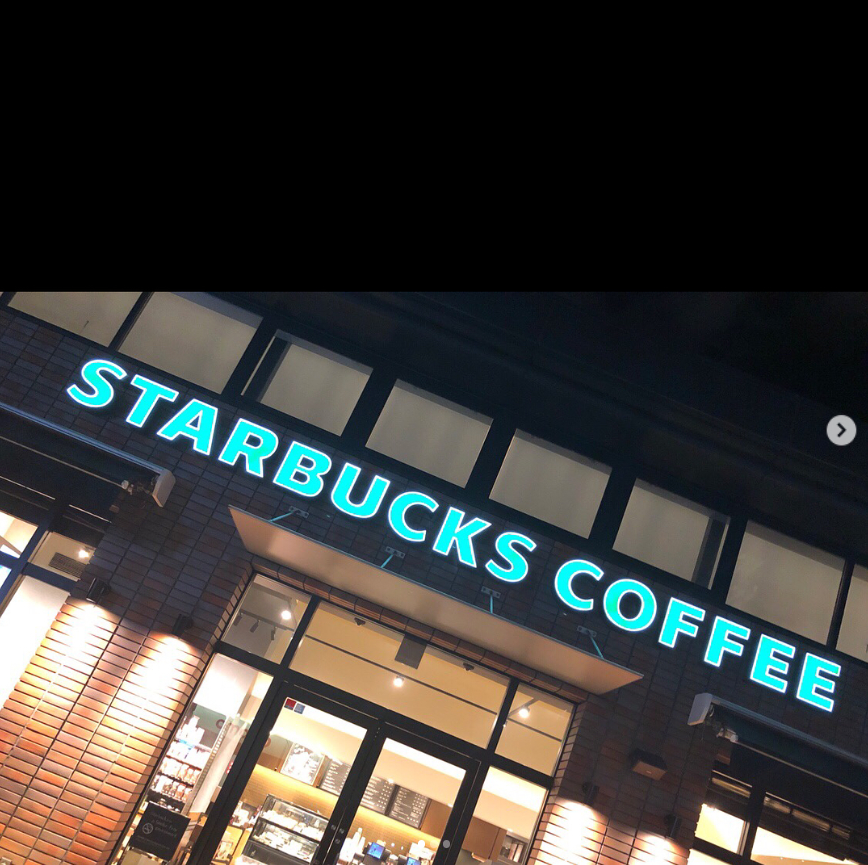
Origin of the store name
The name of the whaling ship, Pequod, from Herman Melville’s novel “Moby-Dick,” was rejected, and instead, it was named after Starbuck, the first mate, and the Starbo mining site near Mount Rainier near Seattle.
The company’s logo features the Siren, a mythical creature from Greek mythology associated with sailors, and the appearance of the Siren changes with each logo redesign.
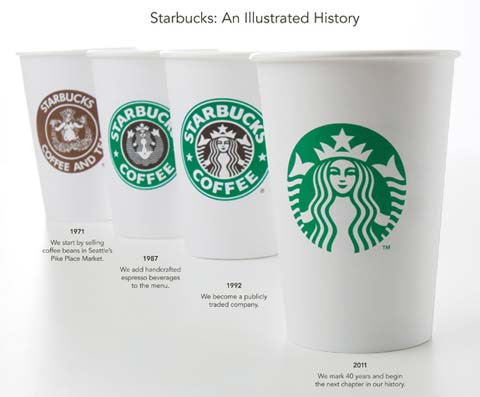
History of Starbucks Coffee (Part 2)
Let’s continue with the historical timeline.
1985:
Howard Schultz establishes the coffee chain Il Giornale and starts selling coffee and espresso drinks using Starbucks coffee beans.
1987:
Il Giornale, with support from local investors, acquires the stocks of Starbucks Coffee Company and changes its name to Starbucks Corporation.
Under Schultz’s profit-oriented management skills, Il Giornale expands and reclaims Starbucks, laying the foundation for the current management style of Starbucks.
The original Starbucks from those early days, founded by the original creators, no longer exists.
1992:
Starbucks conducts its initial public offering of common stock on the Nasdaq National Market, using the trading symbol “SBUX.”
The stock symbol remains the same to this day.
1993:
The second roasting plant opens in Kent, Washington.
With Starbucks expanding significantly worldwide, the emphasis on mass production (roasting) intensifies.
1995:
Starbucks Japan Co., Ltd. is established.
1996:
The number of stores exceeds 1,000 in Canada and the United States. United Airlines begins serving Starbucks Coffee on its flights.
The first store in Tokyo’s Ginza district, called “Ginza Matsuya-dori Store,” opens. This marks the beginning of Starbucks Coffee’s expansion in Japan.
1998:
The first store in the Kansai region, “Umeda HEP FIVE Store,” opens in Osaka.
The number of stores in Japan reaches 52.
1999:
Strengthening the tea business. Strengthening the music business. Establishment of Hear Music.
Introduction of Caramel Macchiato.
If you’ve been to Starbucks, you’ve probably ordered it at least once.
By the way, it’s my wife’s favorite ❤️.
Number of stores in Japan: 117.
2001:
Listed on the Tokyo Stock Exchange’s Nasdaq Japan. Number of stores: 345.
Introduction of the prepaid magnetic card “Starbucks Card” in Japan.
Number of stores: 453.
2004:
Establishment of Starbucks Farmer Support Center in San Jose, Costa Rica, to provide coffee bean production support.
Exclusive sales of rare beans called “Black Apron Exclusive” in limited regions and quantities.
Number of stores: 551.
2005:
Acquisition of Ethos Water Company to expand the mineral water business. The number of stores worldwide exceeds 10,000.
In Japan, the world’s first Starbucks-branded chilled cup, “Starbucks Discoveries,” is introduced in convenience stores.
Number of stores: 602.
2008:
In March, Starbucks opens a store inside the Kobe Kitano Ijinkan in Kobe, Hyogo Prefecture.
It is the first store located within a cultural property.
I’ve actually been there, so I’ll share a photo with you. 👇
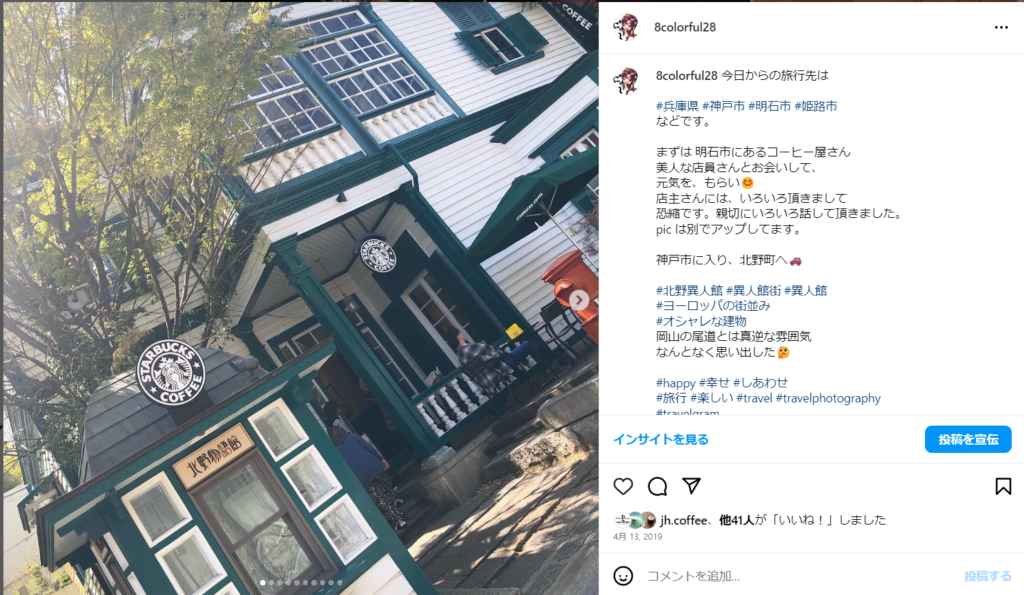
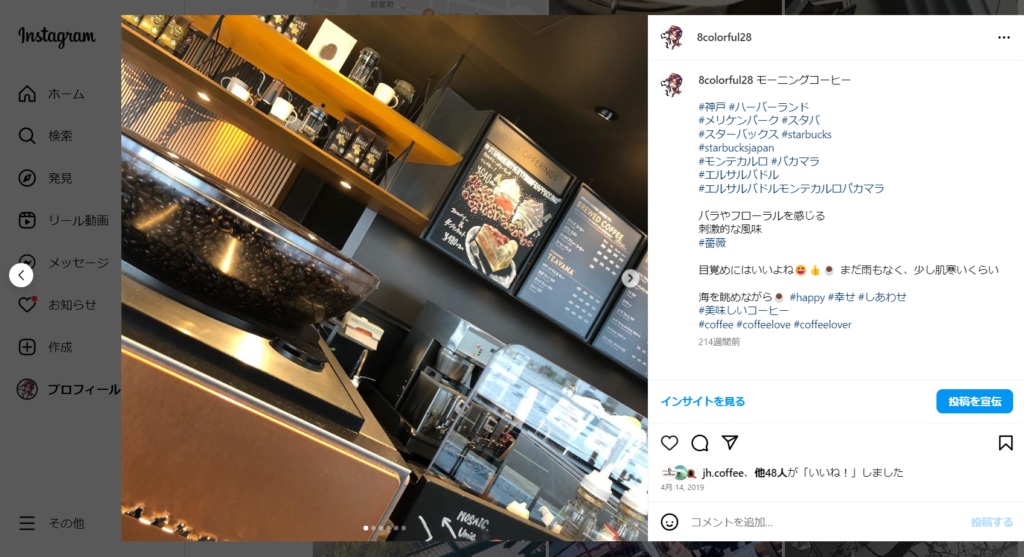
April: Starbucks Japan introduces Frappuccino with Coffee Jelly, a unique coffee jelly-based beverage. It has become a popular and hit product that often creates long queues, especially during the summer.
2009: Starbucks launches a service providing an authentic coffee experience by Black Apron Baristas.
Introduction of Caramel Macchiato.
Release of Sakura Blossom Cream Frappuccino and Sakura Blossom Steamer, leading to the birth of popular products.
Number of stores: 877.
February 2010: Starbucks Reserve makes its debut! Without it, I might not exist in my current form.
Starbucks celebrates its 40th anniversary.
Number of stores: 912.
2012: Caramel Macchiato, Cafe Mocha, and Latte, three popular varieties, are released.
2013: Starbucks Origami is introduced, along with the launch of Starbucks online shop. Mobile prepaid Starbucks cards are introduced.
2016: Commencement of the 20th-anniversary project for Starbucks’ arrival in Japan.
2017: Expansion of the lineup of decaf beverages to cater to the growing interest in caffeine-free options. Starbucks Rewards program is launched to enhance the value of the Starbucks experience. Artwork featuring works by artists with disabilities is showcased, aiming to create a rich store environment.
2018: Opening of the Starbucks store at Dōgo Onsen Station in Matsuyama City, Ehime Prefecture.
https://www.instagram.com/p/BgvDYEyDWV7/?igshid=c93thsxkcgdg

2019: Introduction of strawless lids and alternative straws to replace plastic straws. Opening of the world’s fifth and Japan’s first “Starbucks Reserve Roastery Tokyo,” where TOKYOROAST, made with beans roasted on-site, is launched.
Also, the popular limited edition Strawberry Very Matcha Frappuccino, often sold out and leaving many customers unable to try it!
2020: Opening of the 1,500th store in Japan at Shimotsuke Michi-no-Eki. Numerous new Frappuccino flavors are released seasonally, and customization options become immensely popular among women. The unique way of ordering, almost like casting a spell, even becomes a major trend covered in the news.
Extra edition or origin story
Alfred Peet is an important figure to mention when talking about Starbucks. He is the founder of “Peet’s Coffee & Tea.” It seems that there were a few Peet’s locations in Japan in the past.
During World War II, it was believed that serving soldiers coffee would boost their morale. As a result, most of the coffee was allocated to the military and didn’t reach the general public. This led to the development of “American-style” coffee, which was brewed weaker to stretch the limited supply. Additionally, the widespread use of instant coffee contributed to Americans getting accustomed to lower-quality coffee.
Alfred Peet, born in the Netherlands, was influenced by his father, who worked in the coffee business. He became a coffee trader and traveled to coffee plantations in Java and Sumatra, Indonesia, where he experienced the taste of high-quality coffee.
Displeased with the coffee situation in America, Peet started conducting coffee classes and lectures, teaching people how to brew coffee at home and appreciate the flavor variations based on different beans.
Within a year and a half, his business grew into a popular chain with long queues of customers.
Jerry Baldwin, during his college years, encountered Peet’s Coffee and became fascinated by the allure of coffee. He learned about roasting techniques and blending. After graduation, he and his friends opened Starbucks Coffee, Tea, and Spices.
Postscript
How was it?
In life, people encounter various things, and the way they encounter them can lead them to significant crossroads. Just like Jerry, I also encountered coffee, learned about roasting, blending, and extraction.
Undoubtedly, Starbucks Coffee was the catalyst for this journey.
The taste of coffee from tomorrow might change.
It could be because of my encounter with your blog.
May I discover delicious coffee.
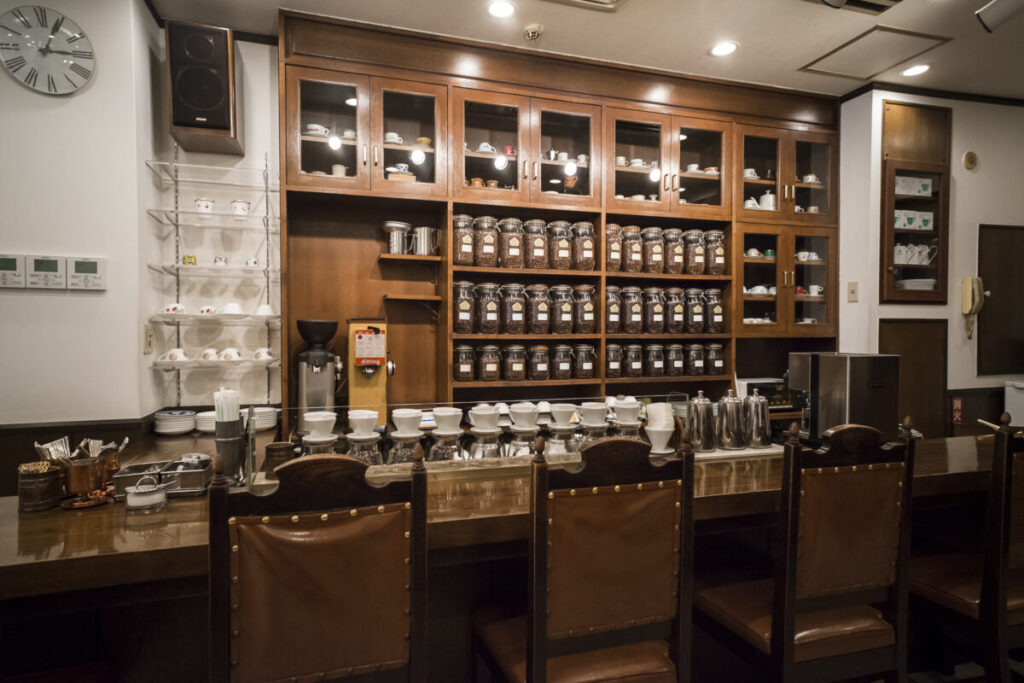
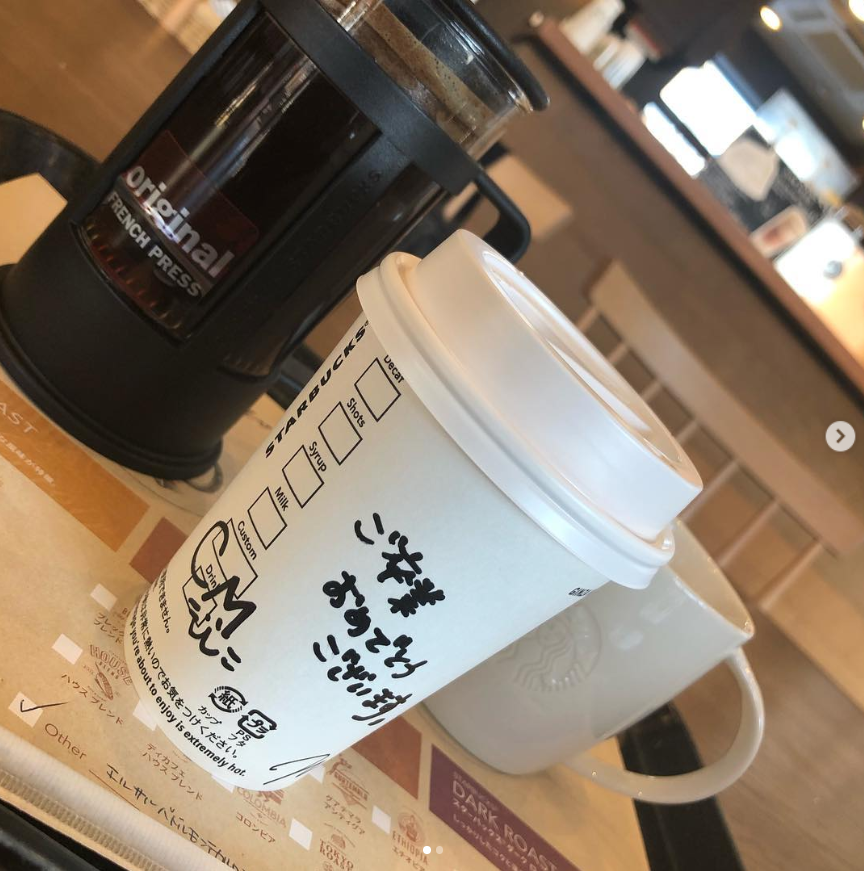



コメント